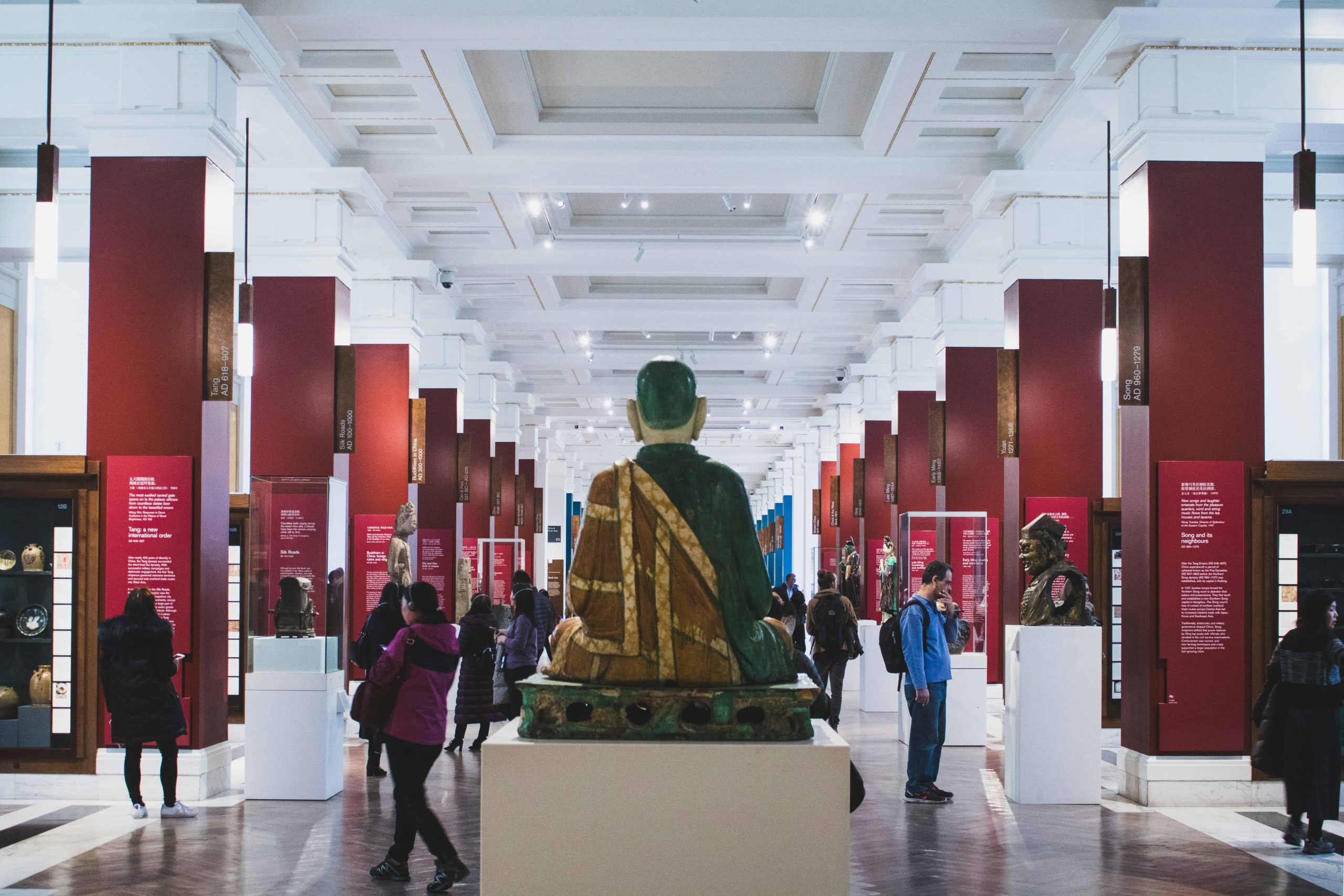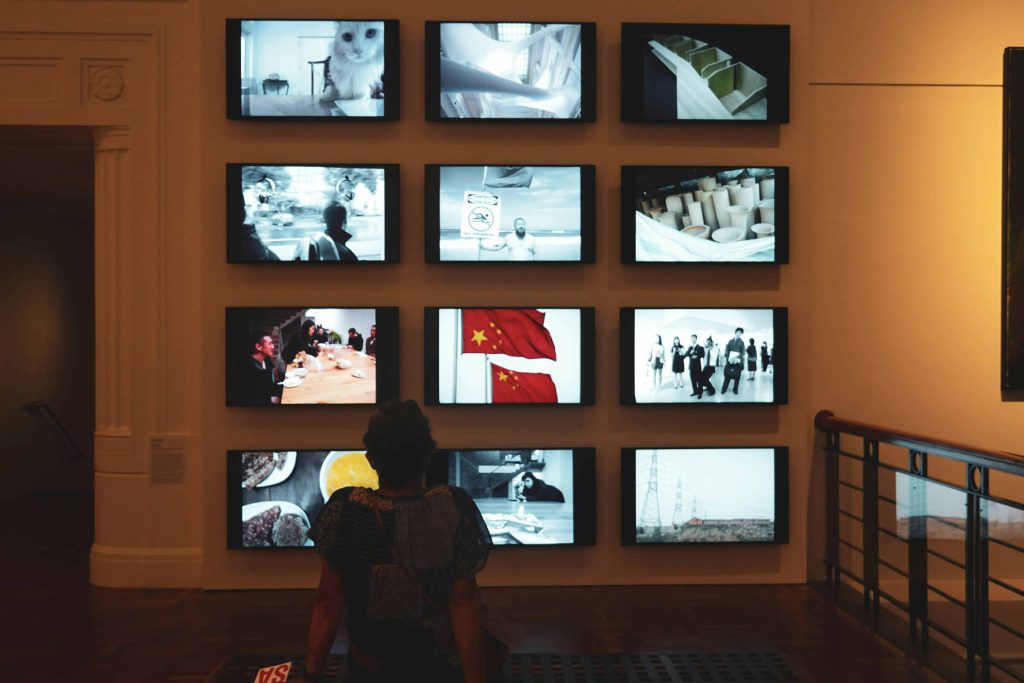
15 May Navigating Logistics and Operations in Art Exhibitions
Mastering the Art of Exhibition Logistics: A Comprehensive Guide
Art exhibitions are not only about showcasing creativity; they also involve intricate logistical planning and operations to ensure a seamless experience for both artists and attendees. In this guide, we delve into the essential aspects of organizing an art exhibition, covering everything from pre-exhibition planning to post-exhibition operations.
Art exhibitions logistics and operations play a pivotal role in the success of any art event. From securing artworks to their transportation and installation, every step requires meticulous planning and execution. In this section, we outline the key areas covered in this comprehensive guide.

Pre-Exhibition Planning
Artwork Information Gathering
Before the exhibition, gathering detailed information about each artwork is crucial. This includes dimensions, weight, and any special handling requirements, such as fragility or temperature sensitivity. Additionally, understanding insurance needs and valuations is essential for protecting valuable artworks during transit and display.
Loan Agreements and Contracts
Negotiating loan agreements with lenders is a critical step in securing artwork for the exhibition. Key clauses regarding the loan period, transportation responsibilities, and security arrangements must be clearly defined to avoid any misunderstandings. Effective communication with lenders ensures smooth collaboration throughout the process.
Venue Selection and Considerations
Choosing the right venue sets the stage for a successful exhibition. Factors such as space limitations, security measures, and environmental controls need to be carefully evaluated to ensure the safety and suitability of the artworks. Additionally, considering installation requirements such as pedestals and lighting is essential for creating an impactful display.
Budgeting and Timeline Development
Developing a comprehensive budget and timeline is essential for managing exhibition costs and deadlines effectively. This includes estimating expenses for transportation, insurance, fabrication, and labor, as well as setting realistic timelines for each logistical step to ensure timely completion of the project.

Art Exhibitions Logistics
Packing and Crating
Proper packing and crating are essential for protecting artworks during transit. Adhering to industry standards and best practices for art handling minimizes the risk of damage. Employing professional art shippers and packers ensures that artworks are securely packed and ready for transportation.
Transportation and Insurance
Selecting the appropriate transportation mode and securing adequate insurance coverage are crucial aspects of exhibition logistics. Whether by air or land, ensuring the safe transit of artworks requires careful planning and coordination. Real-time tracking and communication throughout the journey provide peace of mind and enable quick responses to any unforeseen challenges.
Customs Clearance
For international exhibitions, navigating customs clearance procedures is essential. Understanding import/export regulations and preparing the necessary documentation in advance streamline the customs clearance process, preventing delays and ensuring a smooth transit for artworks across borders.
Installation and Security
Following pre-determined installation plans and implementing robust security measures are vital for safeguarding artworks during the exhibition. Proper installation techniques and security protocols help prevent theft or damage, allowing visitors to enjoy the artworks without worry.

Post-Exhibition Operations
Dismantling and Re-crating
After the exhibition, careful dismantling and re-crating of artworks are necessary to ensure their safe return to lenders. Handling artworks with care during the de-installation process minimizes the risk of damage, while proper re-crating prepares them for secure shipment.
Return Shipping and Insurance
Coordinating the safe return of artworks to lenders is the final step in exhibition logistics. Maintaining insurance coverage during the return journey provides protection against any unforeseen incidents, ensuring that artworks are delivered back to their owners in the same condition as when they were received.
Documentation and Evaluation
Maintaining detailed records of the entire logistical process is essential for evaluation and improvement. Documenting each step helps identify areas of success and areas for enhancement in future exhibitions, ensuring continuous improvement in logistical operations.

Conclusion
In the intricate world of art exhibitions, logistics serve as the unseen backbone, ensuring the seamless presentation and preservation of creativity. From the meticulous pre-exhibition planning to the meticulous post-exhibition operations, every step is vital. By understanding the nuances of artwork gathering, venue selection, budgeting, and transportation, organizers can elevate their exhibitions to new heights. Moreover, post-exhibition operations, including careful dismantling, shipping, and documentation, complete the cycle, ensuring the safe return of artworks and paving the way for future improvements. Mastering exhibition logistics is not just about managing tasks; it’s about orchestrating a symphony of artistry and organization.
Key Takeaways
- Pre-Exhibition Planning: Detailed artwork information gathering, clear loan agreements, meticulous venue selection, and comprehensive budgeting and timeline development are crucial for a successful exhibition.
- Exhibition Logistics: Proper packing, transportation, customs clearance, installation, and security are essential to safeguard artworks and ensure a seamless exhibition experience.
- Post-Exhibition Operations: Careful dismantling, return shipping, maintaining insurance coverage, and thorough documentation are vital for the safe return of artworks and continuous improvement in logistical operations.
- Conclusion: Logistics are the backbone of art exhibitions, ensuring the seamless presentation and preservation of creativity. Mastery of exhibition logistics involves understanding every step from planning to post-exhibition operations, elevating exhibitions to new heights, and paving the way for future improvements.
FAQs
Why is pre-exhibition planning important?
Pre-exhibition planning ensures the safe handling, transportation, and display of artworks, contributing to the success of the event. Without it, there’s a higher risk of logistical challenges and damage to artworks.
How are customs clearance procedures navigated at international exhibitions?
International exhibitions require understanding import/export regulations, preparing documentation, and coordinating with customs officials to ensure smooth transit of artworks across borders. Proper preparation is crucial to avoid delays or fines.
Why is documentation vital in post-exhibition operations?
Documentation is essential for evaluating and improving future exhibitions. Detailed records help identify successes and areas for enhancement, enabling organizers to implement necessary changes and ensure continuous improvement in logistical operations.
From museum installations to outdoor exhibits, explore how AR is reshaping the landscape of contemporary art, inviting audiences to participate in immersive experiences like never before.

